Achieving Excellence in Call Center Metrics Monitoring
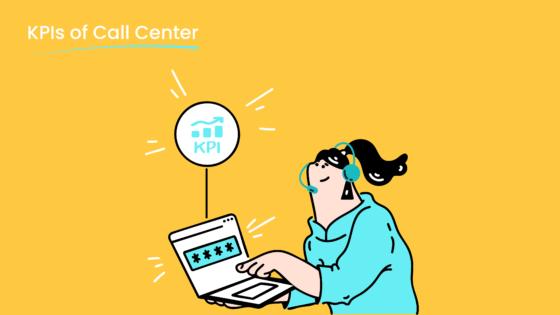
Monitoring call center KPIs and metrics helps you achieve operational excellence and improve customer satisfaction. Metrics like First Call Resolution (FCR) and Average Handling Time (AHT) directly impact customer satisfaction scores, such as CSAT and NPS. Tracking these metrics ensures accountability and fosters a culture of continuous improvement. Tools like Sobot’s Voice/Call Center leverage AI to optimize workflows and reduce operational costs by up to 30%. These solutions empower agents to focus on complex tasks, enhancing performance and transforming customer experiences.
Understanding Call Center KPIs and Metrics
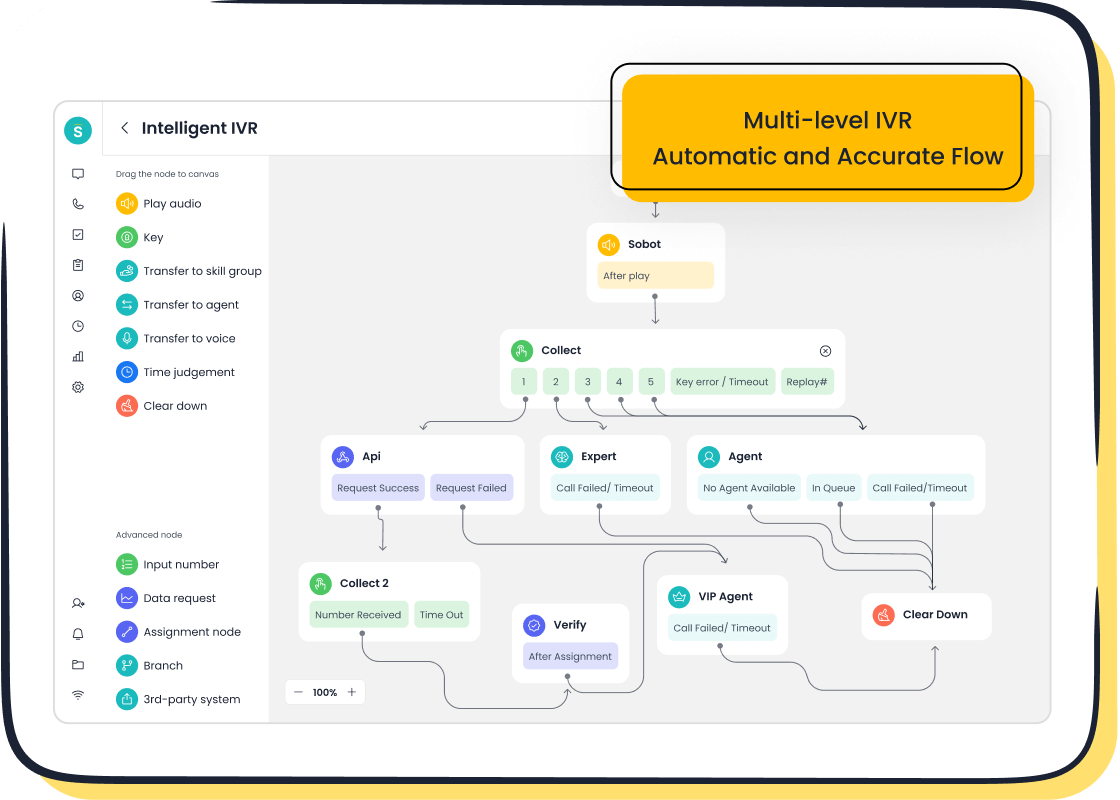
Definition and Importance of Call Center Metrics
Call center metrics are measurable indicators that help you evaluate the efficiency and effectiveness of your operations. These metrics provide insights into areas like agent productivity, customer satisfaction, and operational performance. By monitoring these metrics, you can identify gaps, streamline processes, and improve service quality. For example, tracking metrics such as First Contact Resolution (FCR) or Average Handle Time (AHT) allows you to understand how well your team resolves customer issues and manages time.
Metrics also play a crucial role in fostering accountability. They help you set clear benchmarks for your agents and ensure consistent performance. When you focus on these indicators, you create a data-driven approach to call center monitoring, which leads to better decision-making and enhanced customer service outcomes.
Common Call Center KPIs to Track
Tracking the right KPIs ensures your call center operates efficiently and meets customer expectations. Below is a table highlighting key performance metrics:
| Metric | Description |
|---|---|
| Callback Requests | Tracks the number of customers opting for a callback, indicating unresolved issues at first contact. |
| Repeat Calls | Measures the frequency of customers needing to call back, aiming to minimize this number. |
| First Contact Resolution | Percentage of calls resolved on the first interaction without follow-ups or transfers. |
| Customer Satisfaction Score | A survey-based score reflecting customer satisfaction with the service received. |
| Customer Effort Score | Measures the perceived effort required by customers to resolve their issues. |
| Net Promoter Score | Assesses the likelihood of customers recommending the service based on their interaction. |
| Call Center Service Level | Number of calls answered in a specific timeframe, indicating operational efficiency. |
| Average Handle Time (AHT) | Average time agents spend on each call, including talk time and after-call work. |
| First Response Time (FRT) | Time taken for the agent to respond to a customer inquiry. |
| Average Abandonment Rate | Percentage of callers who hang up before reaching an agent. |
These KPIs help you measure critical aspects of call center monitoring, such as responsiveness, efficiency, and customer satisfaction. For instance, reducing the Average Abandonment Rate ensures fewer customers leave frustrated, while improving FCR boosts customer loyalty.
The Role of Metrics in Enhancing Customer Satisfaction
Call center metrics directly impact customer satisfaction. When you monitor performance metrics like FCR and Customer Satisfaction Score (CSAT), you gain valuable insights into how well your team meets customer needs. Metrics such as Customer Effort Score (CES) reveal how easy it is for customers to resolve their issues, helping you identify areas for improvement.
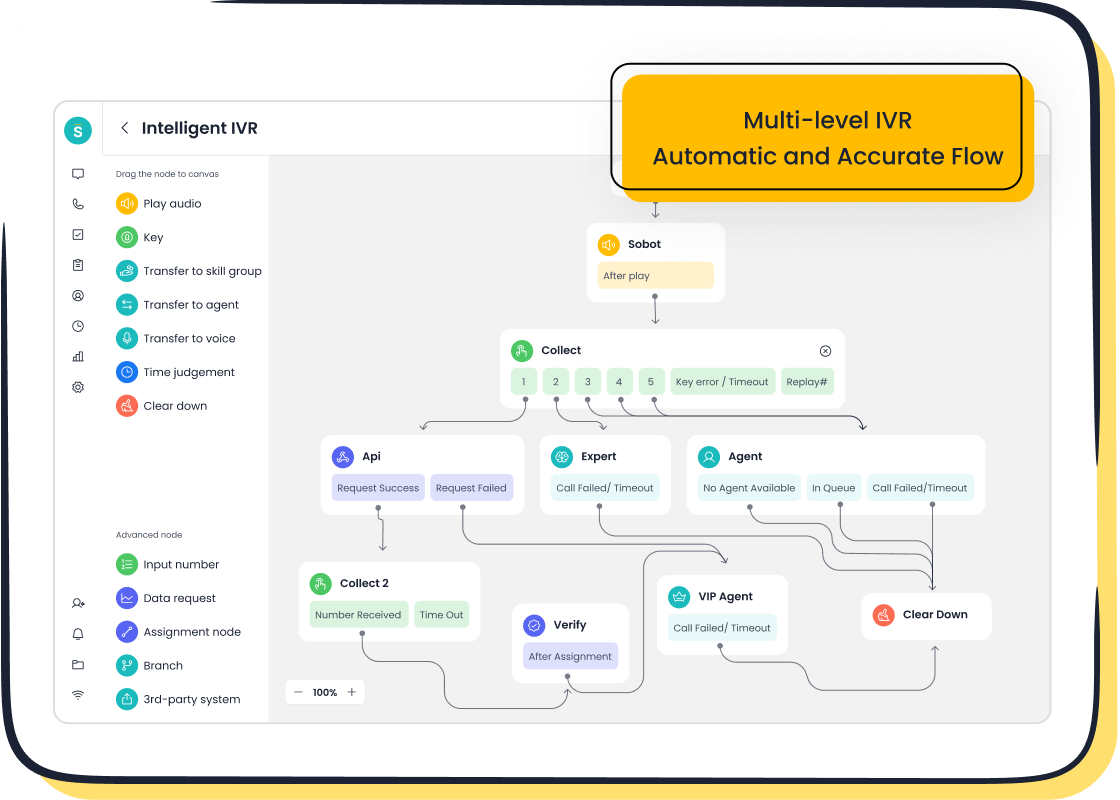
Integrating customer feedback into your quality assessment processes bridges the gap between internal evaluations and actual customer experiences. Tools like Sobot’s Voice/Call Center make this process seamless by providing real-time data and analytics. These insights enable you to refine workflows, reduce wait times, and deliver personalized service. As a result, you not only improve customer satisfaction but also build long-term loyalty.
Benefits of Effective Call Center Monitoring
Improving Customer Experience Through Metrics
Effective call center monitoring allows you to track customer experience metrics that directly impact satisfaction. Metrics like Average Handle Time (AHT), First Call Resolution Rate, and Abandoned Call Rate provide valuable insights into your service quality. For example, shorter AHT reflects efficiency, while higher resolution rates indicate effective problem-solving. Lower abandonment rates suggest better customer retention.
| Metric | Description |
|---|---|
| Average Handle Time | Indicates the average duration for an agent to resolve a call; shorter times suggest efficiency. |
| First Call Resolution Rate | Reflects the percentage of calls resolved on the first attempt; higher rates indicate effectiveness. |
| Abandoned Call Rate | Shows the percentage of calls abandoned before reaching an agent; lower rates suggest better customer retention. |
By analyzing these metrics, you can identify areas for improvement and deliver a seamless customer support experience. Monitoring also helps you reduce wait times and personalize customer interactions, which enhances satisfaction and builds loyalty.
Enhancing Agent Performance and Productivity
Call center monitoring plays a crucial role in improving agent performance. Tracking metrics like AHT and quality monitoring ensures your agents meet performance standards. For instance, assessing calls for adherence to guidelines helps you identify training needs and improve call center productivity.
| Metric | Description |
|---|---|
| Average Handle Time (AHT) | Measures the time an agent spends interacting with a customer, indicating productivity levels. |
| Quality Monitoring | Involves assessing agent calls for adherence to standards, helping identify training needs. |
| Customer Satisfaction | Reports on broader trends in customer satisfaction, aiding in operational improvements. |
- Enhanced agent performance leads to better customer interactions and satisfaction.
- Real-time insights allow agents to adjust their approach and improve continuously.
- Gamification tools motivate agents to achieve higher productivity levels.
By focusing on these aspects, you create a supportive environment where agents thrive and deliver exceptional customer service.
Driving Operational Efficiency with Data Insights
Data insights from call center monitoring significantly improve operational efficiency. Companies using analytics reduce AHT by 40% and optimize conversion rates by nearly 50%. These insights help you streamline workflows, allocate resources effectively, and enhance call center productivity.
- Analytics reveal patterns in customer interactions, enabling you to predict and address issues proactively.
- Real-time dashboards provide actionable data, helping you make informed decisions quickly.
- Monitoring tools like Sobot’s Voice/Call Center offer comprehensive analytics, ensuring you maintain high service quality.
By leveraging data insights, you not only improve efficiency but also create a more responsive and customer-focused operation.
Essential Call Monitoring Tools and Technologies

Real-Time Dashboards for Immediate Insights
Real-time dashboards provide instant access to critical call center metrics, enabling you to make informed decisions quickly. These dashboards display live data, such as call queues, agent availability, and customer wait times, helping you identify bottlenecks and optimize operations.
Tip: Use real-time dashboards to monitor peak hours and adjust staffing levels to reduce call abandonment rates.
Many call centers have achieved remarkable results using real-time monitoring. For example:
- Reducing Call Abandonment Rates: A contact center reduced abandonment rates by 25% by monitoring call queues and reallocating agents during peak times.
- Enhancing First Call Resolution: Another center improved first call resolution rates by 30% by providing agents with live data to address customer concerns effectively.
Sobot’s Voice/Call Center offers advanced real-time monitoring tools that allow you to track metrics like Average Handle Time and First Response Time. These tools empower you to deliver faster and more personalized customer service, ensuring higher satisfaction rates.
Speech Analytics and Sentiment Analysis
Speech analytics and sentiment analysis revolutionize how you monitor customer interactions. These AI-powered tools analyze voice data to detect emotions, sentiments, and keywords, providing actionable insights into customer experiences.
The market for emotion recognition and sentiment analysis was valued at USD 29.96 billion in 2023 and is projected to grow to USD 72.1 billion by 2031, with a CAGR of 12.80%. This growth highlights the increasing importance of these technologies in call center monitoring.
Machine-learning-based natural language processing (NLP) enhances speech analytics by interpreting human language nuances, such as slang or misspellings, with high accuracy. These tools continuously optimize themselves, improving their ability to tag conversations and identify customer pain points.
Sobot’s Voice/Call Center integrates speech analytics to help you understand customer sentiment in real time. By leveraging these insights, you can refine your workflows, train agents effectively, and address customer concerns proactively.
Sobot's Voice/Call Center: A Comprehensive Monitoring Solution
Sobot’s Voice/Call Center combines cutting-edge technologies to provide a comprehensive solution for call center monitoring. Its features include real-time dashboards, speech analytics, and call transcription, enabling you to monitor and analyze customer interactions seamlessly.
Key advantages of Sobot’s Voice/Call Center:
- Live Monitoring: Track call metrics in real time to ensure operational efficiency.
- Call Recording and Transcription: Record and transcribe calls for quality assurance and training purposes.
- AI-Powered Tools: Utilize intelligent IVR and voicebots to enhance customer interactions.
Sobot’s platform also supports global telephony contacts and integrates easily with CRM systems, making it ideal for businesses of all sizes. With a system uptime of 99.99%, you can rely on Sobot for stable and scalable call center operations.
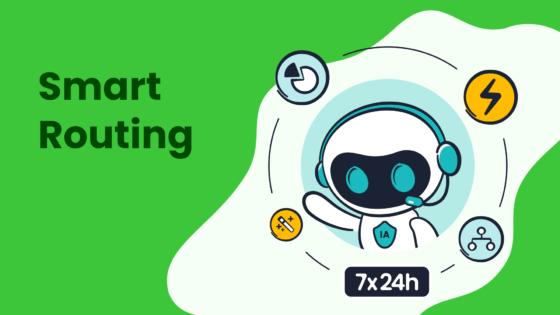
By adopting Sobot’s Voice/Call Center, you gain access to tools that improve agent performance, reduce Average Handle Time, and enhance customer satisfaction. Learn more about Sobot’s solutions here.
Strategies for Improving Call Center Metrics
Setting Clear Objectives and Benchmarks
Establishing clear objectives and benchmarks is essential for improving call center monitoring. When you define measurable goals, you create a roadmap for success and ensure your team stays aligned with organizational priorities. Here are some recommended objectives and benchmarks to consider:
- Reduce agent absenteeism by a specific percentage within a set timeframe. This improves team availability and ensures consistent customer service.
- Improve CSAT and NPS scores by a measurable percentage. These metrics reflect customer satisfaction and loyalty, which are critical for long-term success.
- Decrease call transfers by optimizing workflows. Fewer transfers lead to faster resolutions and happier customers.
- Enhance specific KPIs, such as Average Time in Queue or First Call Resolution, by a defined percentage. These improvements directly impact operational efficiency.
- Respond to all customer feedback promptly. Engaging with feedback strengthens relationships and builds trust.
- Encourage agents to acquire new skills by a set date. This fosters professional growth and boosts agent performance.
By setting these benchmarks, you create a structured approach to achieving operational excellence. Tools like Sobot’s Voice/Call Center can help you track progress in real time, ensuring you meet your goals efficiently.
Leveraging Data Analytics for Performance Insights
Data analytics plays a pivotal role in enhancing call center monitoring. By analyzing performance data, you gain actionable insights that drive better decision-making and improve customer satisfaction. For example, tracking metrics like Average Handle Time and First Call Resolution helps you identify bottlenecks and optimize workflows.
Real-time analytics tools, such as those offered by Sobot’s Voice/Call Center, provide instant visibility into key metrics. These tools allow you to:
- Monitor agent performance and identify areas for improvement.
- Predict customer behavior and proactively address potential issues.
- Allocate resources effectively to handle peak call volumes.
Companies using analytics have reported a 40% reduction in Average Handle Time and a 50% improvement in conversion rates. These results highlight the transformative power of data-driven strategies. With Sobot’s advanced analytics features, you can refine your operations and deliver exceptional customer service.
Tip: Use real-time dashboards to track quality scores and motivate agents. This approach fosters accountability and encourages continuous improvement.
Fostering a Culture of Continuous Improvement
A culture of continuous improvement ensures your call center remains adaptable and customer-focused. This involves creating an environment where agents feel empowered to grow and contribute to organizational success. Proven strategies include:
- Individualized coaching based on call quality monitoring data. Personalized development plans help agents address specific challenges and improve their performance.
- Peer review processes that encourage collaborative learning. Sharing knowledge among team members fosters a supportive and innovative workplace.
- Recognition programs that reward genuine quality improvement. Celebrating achievements boosts morale and motivates agents to excel.
Automation also plays a key role in continuous improvement. Automating call recording and evaluation forms streamlines workflows and ensures consistent quality monitoring. Integrating tools like Sobot’s Voice/Call Center with CRM systems enhances information flow, enabling personalized service delivery.
Holistic scorecards provide a comprehensive view of agent performance. These scorecards allow you to offer targeted feedback and allocate resources effectively. By adopting these practices, you create a dynamic and efficient call center that prioritizes customer satisfaction.
Note: Continuous improvement is not a one-time effort. Regularly review your processes and adapt to changing customer needs to maintain high service standards.
Best Practices for Call Center Monitoring Implementation
Using QA Scorecards for Consistency
Quality assurance scorecards are essential for maintaining consistency in call center monitoring. These tools provide a standardized framework for evaluating agent performance, ensuring uniformity across your team. By using measurable metrics, you can track progress over time and identify areas for improvement. For example, QA scorecards allow you to assess key aspects like adherence to scripts, resolution accuracy, and customer interaction quality.
| Evidence Type | Description |
|---|---|
| Standardized Scoring Processes | QA scorecards utilize standardized scoring to ensure uniform evaluation across agents. |
| Measurable Metrics | They provide measurable metrics that can be tracked over time to assess performance consistency. |
| Data-Driven Decision-Making | The use of data from scorecards informs decisions on training and process improvements. |

Implementing QA scorecards fosters a culture of accountability and continuous improvement. Tools like Sobot’s Voice/Call Center simplify this process by offering real-time monitoring and analytics. These features help you evaluate agent performance consistently, ensuring high-quality customer service.
Conducting Regular Calibration Sessions
Calibration sessions align evaluators on quality standards, reducing discrepancies in performance assessments. These sessions involve reviewing sample calls and discussing scoring criteria to ensure consistency. For instance, American Express reduced scoring variance between evaluators from 23% to 8% through regular calibration. Similarly, T-Mobile saw a 34% increase in agent satisfaction with their quality assurance program.
| Organization | Outcome Description | Statistical Change |
|---|---|---|
| American Express | Reduction in scoring variance between evaluators | From 23% down to 8% |
| T-Mobile | Improvement in agent satisfaction with QA program | 34% increase |
Regular calibration sessions also enhance operational quality by fostering collaboration among team members. Sobot’s Voice/Call Center supports this practice by providing call recordings and transcriptions, making it easier to review and align on quality standards.
Integrating Customer Feedback into Processes
Customer feedback is a goldmine for improving call center monitoring. Insights from satisfaction surveys and performance statistics help you identify pain points and optimize operations. For example, analyzing feedback can reveal trends in customer preferences, enabling you to refine workflows and enhance service quality.
| Insight Type | Description |
|---|---|
| Improved customer satisfaction | Analytics help identify customer pain points, allowing proactive issue resolution and enhanced experience. |
| Enhanced operational efficiency | Optimizes scheduling and resource allocation, improving overall operational performance. |
| Data-driven decision-making | Provides clear insights for strategic decisions, enhancing effectiveness in operations. |
- Regularly sharing insights fosters transparency and continuous improvement.
- Proactive feedback implementation boosts performance and enhances customer experience.
- Analyzing data helps identify trends that drive improvements in satisfaction and agent performance.

Sobot’s Voice/Call Center integrates customer feedback seamlessly, offering tools to analyze and act on this data. By incorporating feedback into your processes, you can deliver a more personalized and effective customer service experience.
Monitoring and improving call center metrics is essential for operational success. Metrics like resolution times and customer satisfaction scores help you identify areas for improvement and align your operations with customer expectations. Consistent call center monitoring ensures better service delivery, enhanced agent performance, and data-driven decision-making.
| Statistic | Insight |
|---|---|
| 80% of call centers use AI-based technologies | Enhances customer interactions, showing the importance of technology. |
| 70% of customer inquiries handled by AI | Highlights the need to monitor AI performance metrics. |
| 74% of consumers prefer multi-channel support | Emphasizes tracking customer preferences for better service delivery. |
| 64% increase in customer satisfaction with real-time assistance | Shows the value of monitoring service metrics to improve experiences. |
| 90% of customers prioritize quick issue resolution | Underlines the importance of tracking resolution times. |
| 16% higher price willingness for exceptional experiences | Suggests that improving metrics can boost revenue. |
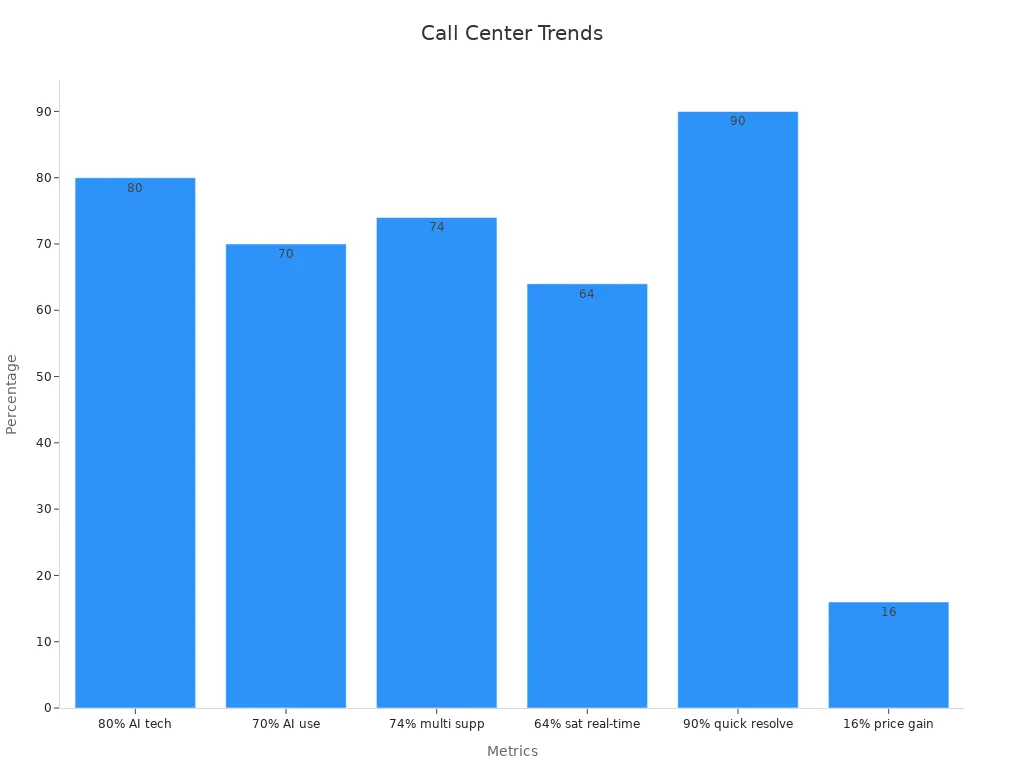
Tools like Sobot's Voice/Call Center simplify call center monitoring with features like real-time dashboards and AI-powered analytics. These tools help you track key metrics, improve workflows, and deliver exceptional customer experiences. By prioritizing metrics monitoring, you can foster long-term growth and stay ahead in a competitive market.
FAQ
What are the most important call center metrics to monitor?
You should focus on metrics like First Call Resolution (FCR), Average Handle Time (AHT), Customer Satisfaction Score (CSAT), and Net Promoter Score (NPS). These metrics provide insights into efficiency, customer satisfaction, and overall performance.
How can Sobot’s Voice/Call Center improve my call center metrics?
Sobot’s Voice/Call Center offers tools like real-time dashboards, AI-powered analytics, and intelligent IVR. These features help you track key metrics, optimize workflows, and enhance customer satisfaction. Its 99.99% uptime ensures reliable operations.
Why is real-time monitoring important for call centers?
Real-time monitoring allows you to identify and resolve issues immediately. It helps reduce call abandonment rates, improve agent performance, and ensure a seamless customer experience. Tools like Sobot’s real-time dashboards make this process efficient.
Can Sobot’s solutions integrate with my existing systems?
Yes, Sobot’s Voice/Call Center integrates seamlessly with CRM systems and other technology platforms. This ensures smooth data flow and enhances operational efficiency without disrupting your current setup.
How does speech analytics benefit call center monitoring?
Speech analytics detects customer sentiment and identifies pain points during calls. This helps you refine workflows and train agents effectively. Sobot’s Voice/Call Center uses AI-powered speech analytics to provide actionable insights in real time.
See Also
Enhancing Call Center Efficiency Through Effective Monitoring
Essential Practices for Quality Management in Call Centers
Navigating Quality Assurance Software for Call Centers